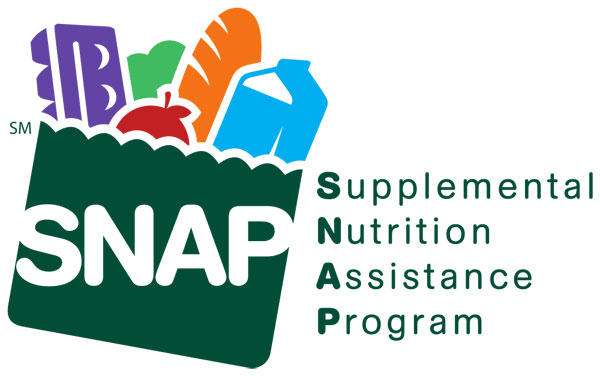
April 8, 2019; The Root and Mother Jones
In step with its pattern of going after the poorest among us, the Trump administration is now seeking to reduce access to the Supplemental Nutrition Assistance Program, also known as food stamps or “SNAP.” As with Medicaid, the administration is seeking to deny benefits to “able-bodied” people without a job, and the strategy looks just as fated as the Medicaid ploy to result in highly negative outcomes.
Writing in the Washington Post last month, Helaine Olen notes, “All a work requirement will do is put yet one more bureaucratic hurdle in the way of someone who needs SNAP so that person and his or her family can purchase an adequate amount of food. It will result in more hunger, not more workers.”
Additionally, the administration has proposed major cuts to SNAP in its FY 2020 budget proposal. Olen points out that the “$17.4 billion the Trump administration proposes taking from the program in fiscal 2020, and the $220 billion it would cut over the next decade (a cut, by the way, of one-third), will leave many Americans scrambling for a way to feed themselves adequately.”
Sign up for our free newsletters
Subscribe to NPQ's newsletters to have our top stories delivered directly to your inbox.
By signing up, you agree to our privacy policy and terms of use, and to receive messages from NPQ and our partners.
The administrative rule change alone could cause 750,000 Americans to lose food assistance, which is meant to encourage “able-bodied adults without dependents” to join the workforce. This premise assumes these folks are not working or going to school. In fact, most are. But, as NPQ found in 2017, many don’t make enough to support themselves without the help of SNAP. Also, since most of these jobs are minimum wage, childcare and transportation costs limit their possibilities for work. Mother Jones writer Kanyakrit Vongkiatkajorn relays the results of “an analysis of SNAP recipients from Mathematica, a nonpartisan think tank.”
Among the estimated 1.2 million SNAP recipients who would be affected by the changes, 88 percent were in “deep poverty”—meaning they had a household income at or below 50 percent of the poverty level. (A report from the Urban Institute found that SNAP helped reduce deep poverty by 28 percent in 2015.) Nearly 80 percent of them lived alone, while about 11 percent were working, receiving an average of $181 in benefits per person. The majority of those on SNAP who aren’t working “are caring for someone else, suffering from a disability or chronic health condition that limits their ability to work, or going to school,” according to the nonprofit the Center on Budget and Policy Priorities.
This law is, of course, not new, but many states have chosen to waive its implementation due to the cruel impact it has. But now, the Trump administration is making those waivers much harder to get. What’s more, the alternative federal and state work/training programs are not equipped to accommodate the numbers of clients that this new work mandate would send their way.
The racism and classism at the core of these measures should be of great concern. When someone threatens people’s basic means of sustenance, alarm bells should go off, and the outrage should be loud and clear.—Carole Levine













